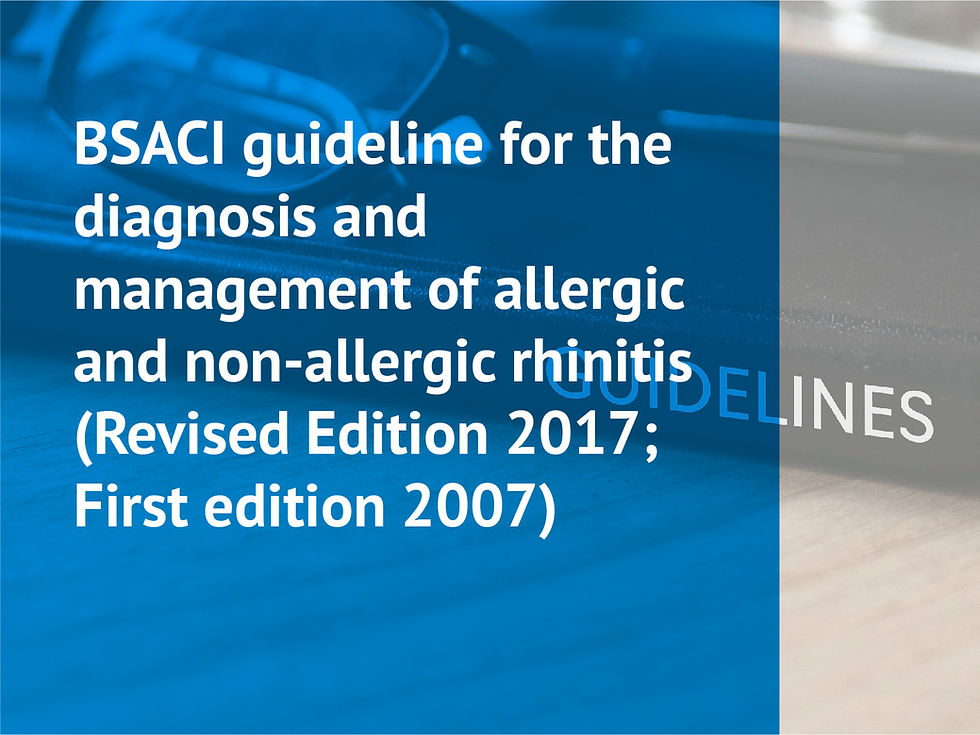EASL Clinical Practice Guidelines for the management of patients with decompensated cirrhosis
- yatidxm
- 27 Jun 2021
- 1 menit membaca
Diperbarui: 4 Jul 2021
Summary
The natural history of cirrhosis is characterised by an asymptomatic compensated phase followed by a decompensated phase, marked by the development of overt clinical signs, the most frequent of which are ascites, bleeding, encephalopathy, and jaundice. The following Clinical Practice Guidelines (CPGs) represent the first CPGs on the management of decompensated cirrhosis. In this context, the panel of experts, having emphasised the importance of initiating aetiologic treatment for any degree of hepatic disease at the earliest possible stage, extended its work to all the complications of cirrhosis, which had not been covered by the European Association for the Study of the Liver guidelines, namely: ascites, refractory ascites, hyponatremia, gastrointestinal bleeding, bacterial infections, acute kidney injury, hepatorenal syndrome, acute-on-chronic liver failure, relative adrenal failure, cirrhotic cardiomyopathy, hepatopulmonary syndrome, and porto-pulmonary hypertension. The panel of experts, produced these GPGs using evidence from PubMed and Cochrane database searches providing up to date guidance on the management of decompensated cirrhosis with the only purpose of improving clinical practice. 2018 European Association for the Study of the Liver. Published by Elsevier B.V. All rights reserved.





